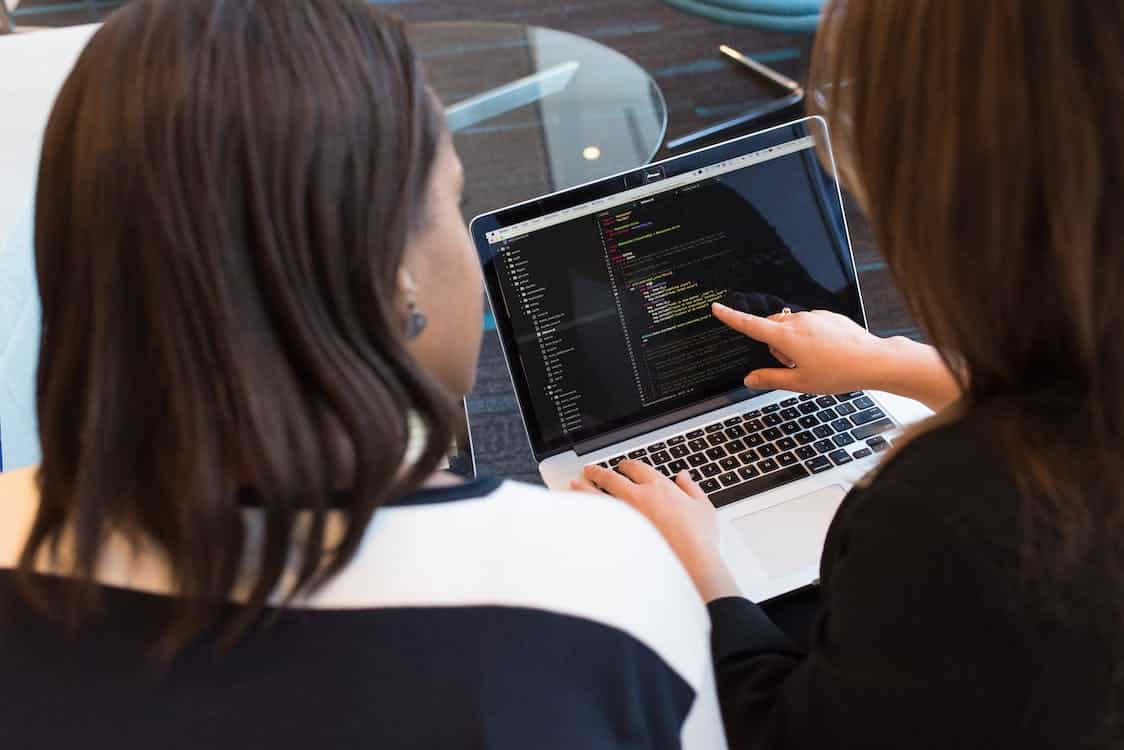Do you consider it challenging to find and fix code errors? As much as we try to write clean, error-free code, bugs are inevitable. Debugging is a tough process for a programmer, whether an expert or a student, but it’s a vital feature in programming. With the right strategies, you can make it simpler and more effective. So let’s explore some methods for code debugging.
What Do You Mean By Debugging? The Answers
Debugging is an action used to detect and fix bugs, which are mistakes in apps or websites. Usually, a programmer must establish where a bug originated from and devise ways to ensure a program works well for users.
How to Debug Code: Correct Approaches to Use

Although there is no set process for fixing a bug, some valuable debugging techniques can reduce the amount of debugging. A critical element of the technique requires recognizing the mistake and pinpointing its origin. But remember that different approaches work best in different situations; there is no best way to find bugs. In addition, each approach requires experience and expertise to help you identify the error. That’s why you might require programming homework help to do it right. So how do you debug your code? Here’re the techniques to use.
Recreate the Error
Recreating errors involves attempting to repeat the mistake in the software. This strategy is important as it lets the programmer keep track of the error and look into it further to determine what caused it. To figure out how to fix the problem, you’ll need to know when the error happened or what you did that caused it. Getting more data regarding the error’s circumstances can help resolve the issue.
After recreating the error, the next step is to begin the debugging process. Again, monitoring how the software acts during the process is imperative, as this can tell you a lot about what went wrong and how to fix it.
Use Debugging Tools
What does a debugger do? Debuggers/debugging tools are built-in features of an Integrated Development Environment that assist programmers in detecting and correcting errors in their code. These tools are crucial to successful debugging and can speed up and streamline the process. Below are a few standard debugging tools.
- Breakpoints – Programmers use breakpoints at a specific line in the debug code to halt program execution at that point. When the program reaches the breakpoint, the coder can analyze its state and move through the code line by line to see how it behaves.
- Watch windows – It is a feature in IDE that shows the program’s most recent status of variables. The tool helps programmers determine when an inconsistent value changes and what causes the change.
- Console output – The programmer uses print statements in their code to generate variable values, function outputs, and other pertinent information to the console.
- Profilers – Profilers gather information about the program’s implementation. An example of debugging info required is the time the function takes to be implemented and if the process is frequently called.
- Memory debuggers – These tools help a programmer recognize and fix memory-related problems, like corruption or leaks.
Understand the Issue and Break It Down
To break down the issue and create an effective debug code, you must understand the problem that caused the error. Narrowing down means analyzing the bug, dividing it into smaller, manageable parts, and then beginning your search from where you think it generated the error. After dividing the problem into smaller parts, ask yourself how to resolve it. If not, can you quickly learn and do it, or does it need further breakdown?
Use the Scientific Method
Observe the root cause to identify the issue, develop a theory explaining what happened, and test the hypothesis using your collected data. The main aim of this method is to create an idea that an appropriate experiment can validate. Then, once you are aware and understand why the bug occurred, you can create a reasonable, straightforward hypothesis to resolve the issue. But for it to work, you’ll need to research for as much information as possible and check out other people who might have experienced the same errors to see how they fixed their issues.
Ask for Assistance

When you have tried all the options and followed the correct debugging steps but still couldn’t debug your code, you can ask for help. Usually, another person’s perspective can help you identify areas you may have skipped. Besides, there is no harm in consulting more experienced people, as you may learn more from them.
Closing Remarks
Code debugging can be frustrating, but it’s vital when developing software. It takes time and commitment to identify and solve errors in your code, but if you follow all the debugging tips outlined above, you may reduce the chances of facing challenges. To produce error-free software, be patient and persistent, as debugging is repetitious.



